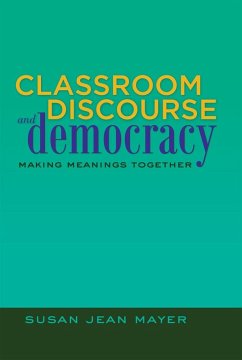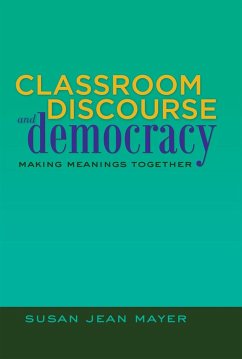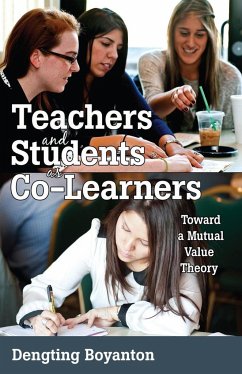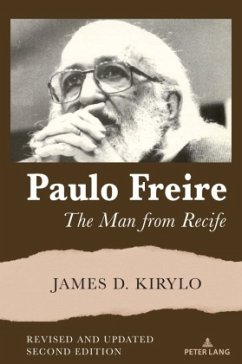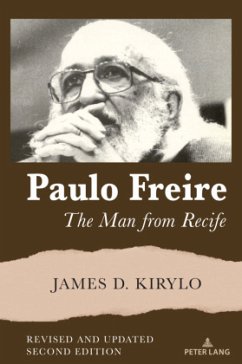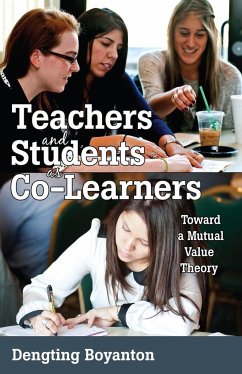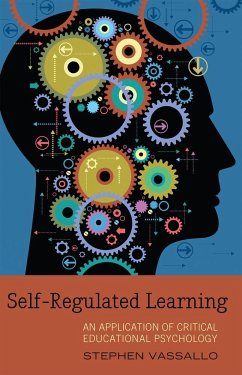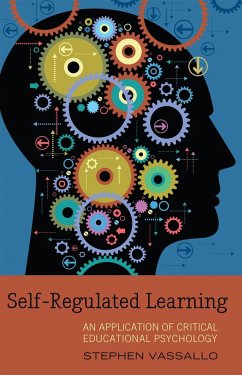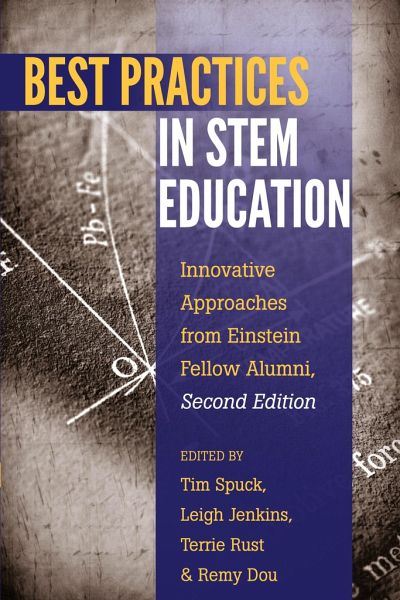
Best Practices in STEM Education
Innovative Approaches from Einstein Fellow Alumni, Second Edition
Herausgegeben: Connery, M. Cathrene; Goodman, Greg S.; Spuck, Tim; Jenkins, Leigh; Rust, Terrie; Dou, Remy

PAYBACK Punkte
0 °P sammeln!
Science, technology, engineering, and mathematics (STEM) education are seen by leaders from across the globe as key to economic success and prosperity. The goal of Best Practices in STEM Education: Innovative Approaches from Einstein Fellow Alumni, Second Edition is to improve the state of STEM education, not only in the United States, but internationally as well-good education anywhere is good for education everywhere. As the body of STEM-learning research grows, this second volume provides the unique perspective of nationally recognized educators who have spent, collectively, more than 600,0...
Science, technology, engineering, and mathematics (STEM) education are seen by leaders from across the globe as key to economic success and prosperity. The goal of Best Practices in STEM Education: Innovative Approaches from Einstein Fellow Alumni, Second Edition is to improve the state of STEM education, not only in the United States, but internationally as well-good education anywhere is good for education everywhere. As the body of STEM-learning research grows, this second volume provides the unique perspective of nationally recognized educators who have spent, collectively, more than 600,000 hours at the interface between teaching and learning. The 24 chapters included in this volume are the product of years of practice, mistakes, reflection, and refinement. They provide the experiential pragmatism backed by research so desired by practitioners. Each chapter communicates how its author has implemented a specific STEM practice in the classroom and how the practice might bemodified for use in other classrooms, schools, and learning environments. These are stories of success, as well as stories of struggle. Readers of this second edition will gain powerful insight about what really works when it comes to teaching and learning STEM.
Best Practices in STEM Education: Innovative Approaches from Einstein Fellow Alumni, Second Edition will serve as an excellent resource for use in any science, technology, engineering, and mathematics teaching methods course, and no professional education library, K through college, should be without a copy
Best Practices in STEM Education: Innovative Approaches from Einstein Fellow Alumni, Second Edition will serve as an excellent resource for use in any science, technology, engineering, and mathematics teaching methods course, and no professional education library, K through college, should be without a copy





